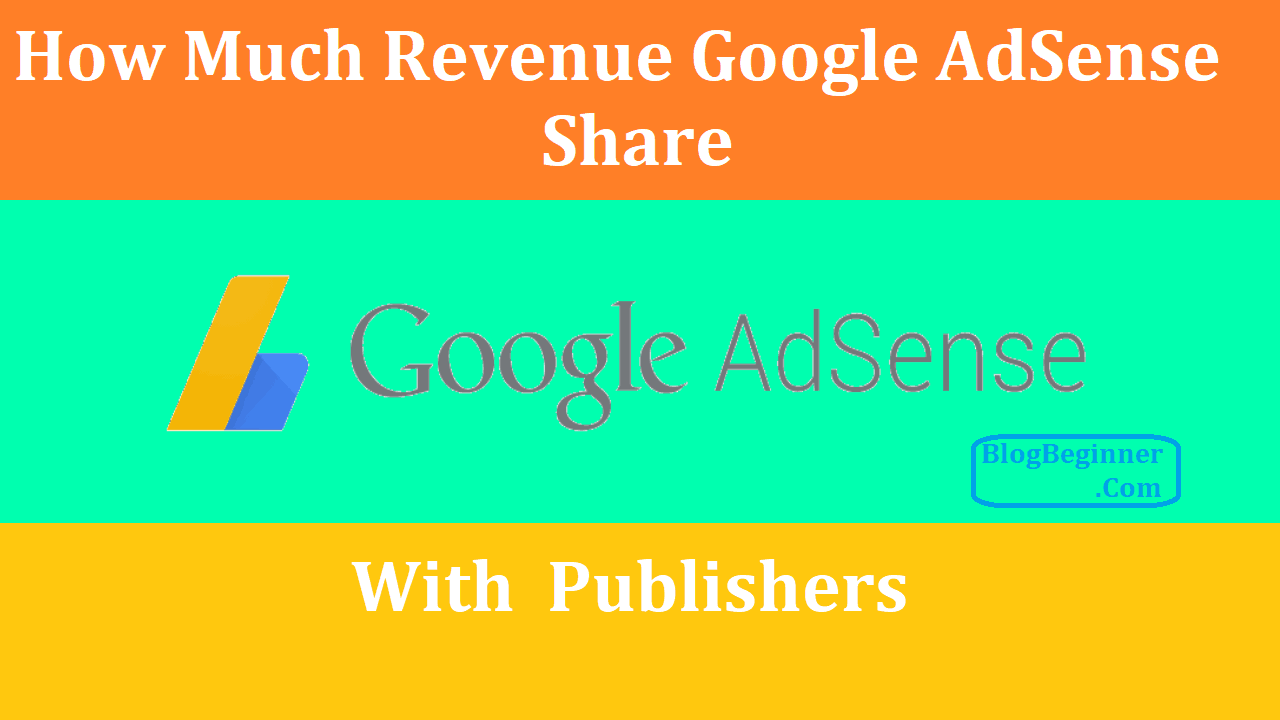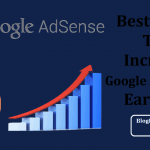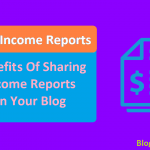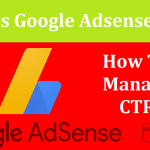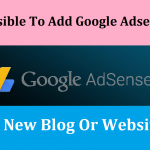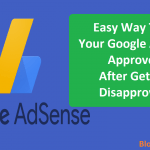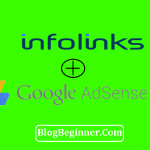Adsense is Best for Monetize a Blog or Website
Generating a secondary income stream is no longer as difficult as it once was; all thanks to the Internet.
These days, you can create content with ease and have the option to monetize them through blogs.
One such method is by way of Google AdSense.
What you have here is one of the most reliable PPC programs available today. With Google AdSense, relevant ads will be displayed on your site pages.
Advertisers will pay Google for every time a visitor clicks on the ad, hence Pay-Per-Click (PPC); and from this revenue, Google will in turn provide bloggers with commissions.
Google, through their AdWords program, can display a wide assortment of ads on various publishers’ websites. And then there are publishers that can do the same for individual bloggers’ pages.
Third-party advertising is rather common here and there are cases when commissions on ad revenues may differ as a result.
Revenue sharing is rather popular these days, especially when it comes to online advertising. And it’s an excellent way to earn additional funds passively.
Most of the time, if not directly from Google, there are publishers who’ll offer varying percentage shares based on how popular their platform is. Usually, the more popular the third-party publisher is, the smaller the percentages normally are.
These days, all revenues are recorded on every blogger’s AdSense account. But there was a time when percentages weren’t as clearly stated or identified. It’s a good thing that they decided to be more transparent as of recent and share more information about these percentages.
Do keep in mind that there are different types of ads that are distributed via the Google network. There are content ads, search ads, ads for videos, ads for games, and so on. But nowadays, only the revenue shares for content and search ads have been shared.
How Much Revenue Share With Publishers?
So, how much revenue does AdSense share with the AdSense publishers?
For Content ads, publishers get as much as 68% of the total ad revenues from PPCs.
This is quite generous compared to other ad revenues that content creators can expect to receive from other outlets.
When it comes to search ads, the revenues are much smaller as there are more ads that publishers can earn from.
In Search Ads, Google pockets 49% of total revenues while 51% are distributed to the respective publishers. This is still a sweet deal considering that there really is no need for any additional effort to earn from these ads.
The great thing about these revenue shares is that they are paid directly to publishers. This means that geographical locations and popularity don’t play a role in how much content creators get. There’s no averaging that takes place.
As previously mentioned, there are also third-party sites that offer bloggers with opportunities to make money from ads.
These sites act as middlemen between bloggers and Google. And in this type of arrangement, the revenue shares are smaller.
But sometimes, especially for content creators that aren’t as mainstream, they still are a viable and quite profitable option.
When it comes to these AdSense revenue sharing platforms, they usually offer tools that can help newbies create their own sites. Along with the site comes automatic integration into the AdSense program. Again, these service providers are ideal for those who are beginners in the world of blogging.
When a blogger on the platform earns from ads, Google gets a share and so does the third-party. Whatever’s left is given to the content creator.
Here, there are no fixed percentages. It really depends on the service provider; and usually, they don’t disclose the figures. Most of the time, content creators simply receive monthly payouts direct into their accounts.
Content creators here don’t get the full revenue from the ads because they won’t be using their own AdSense accounts. In a sense, a blogger on such a platform will be utilizing the AdSense account of the third-party provider.
But even with the reduced revenue shares, there still is much benefit to be gained when bloggers work with these platforms. Especially for newbies, these platforms can help optimize their sites and bring more traffic to their pages. As a result, they can gradually improve their ranking across different search engines. Over time, they’ll have the kind of credibility that will make them eligible for higher, more direct payouts.
And the process to enable a page for AdSense is quite simple. Content creators simply have to add sign up and add the Google AdSense widget on their page. Doing so will trigger a prompt asking them to sign up for AdSense.
Ad codes can also be added through the HTML widget. The great thing about the latter is that it increases revenues as bloggers can earn these in full on their AdSense account – basically, Google won’t get their share anymore. Think of it as a legal hack.
Back to revenue sharing. The necessary details will be visible on the AdSense dashboard under the Settings tab. Revenue shares will normally be displayed according to the product type. As previously mentioned, this includes search ads, content ads, and so on and so forth.
Conclusion:
With these details on hand, content creators will have an idea of what content works best. Moving forward, they can even use it to create better materials that have higher opportunities for additional earnings to be generated. If there are any partnerships with third-party sites, the earnings from these sources will also be visible on the same dashboard.
And when it comes to the question of whether or not direct revenue shares from Google is better, it will depend on whether or not bloggers have utilized other ad networks together with AdSense. But in general, many have said that Google does indeed provide more sizable revenues; thanks in part to their high advertising rate.
But Google does continue to encourage content creators to look at ad earnings with a comprehensive, overall viewpoint – not piecemeal. This will provide them with the best gauge when it comes to total profitability and offer a better perspective as to which ad source is better for them to use.
